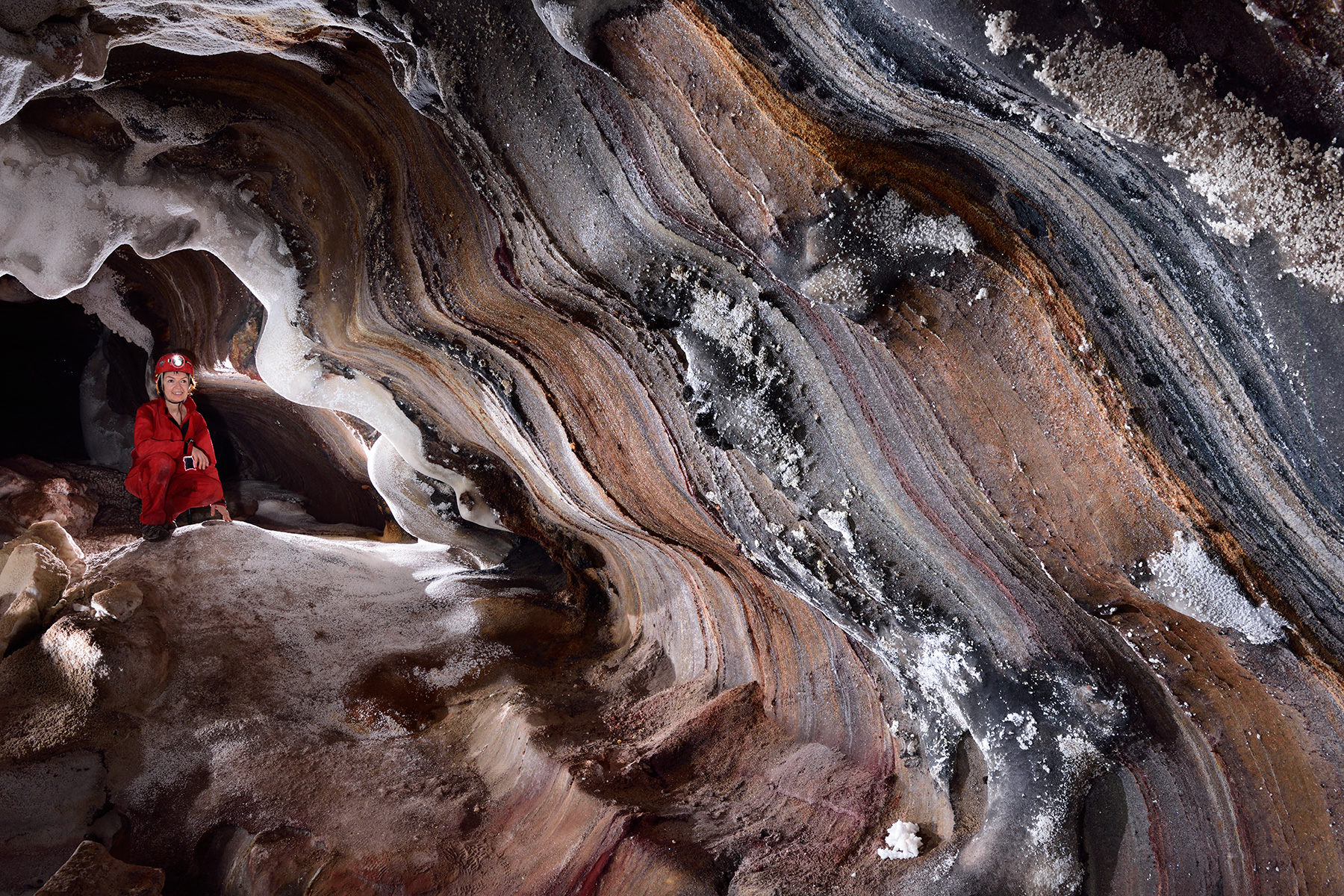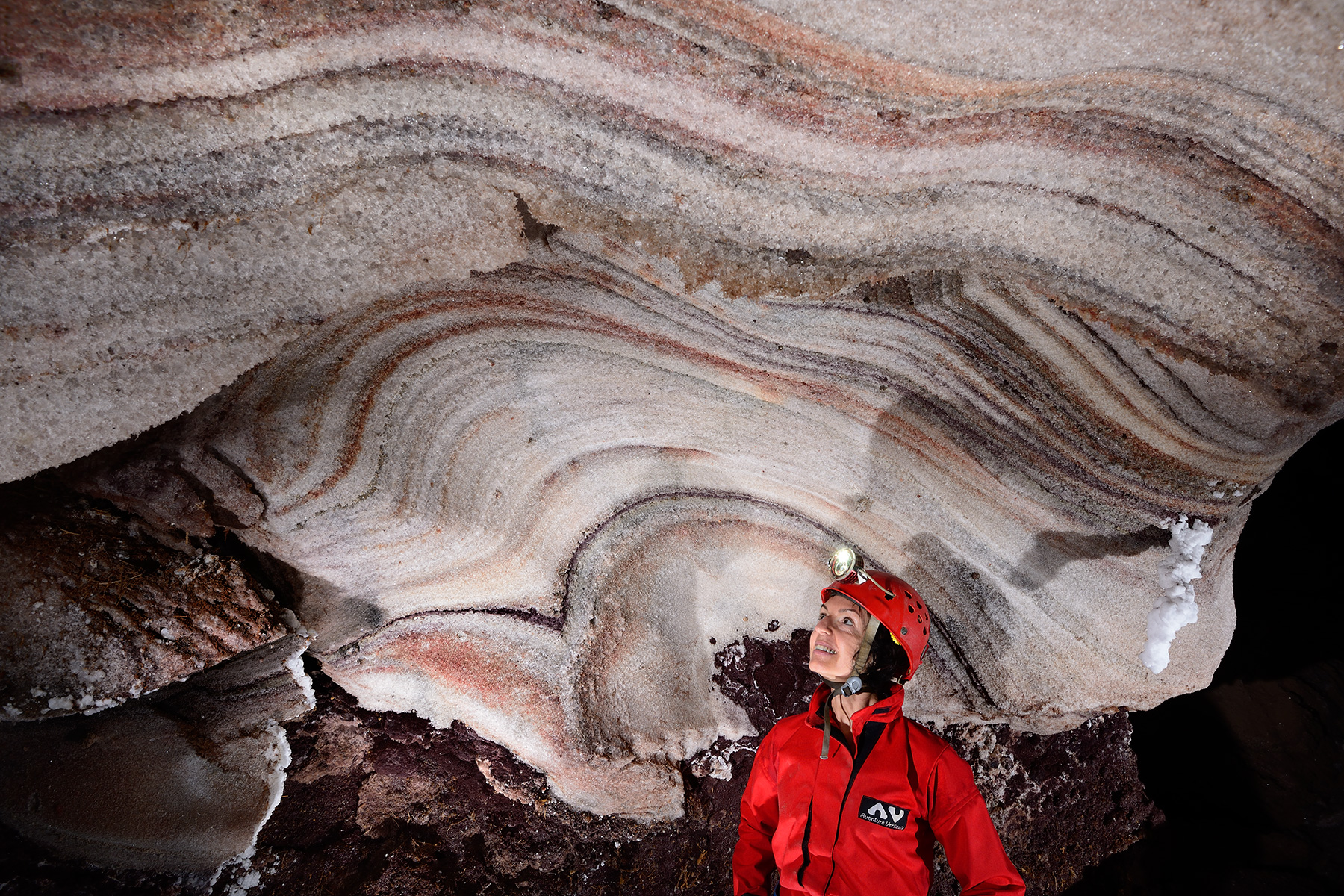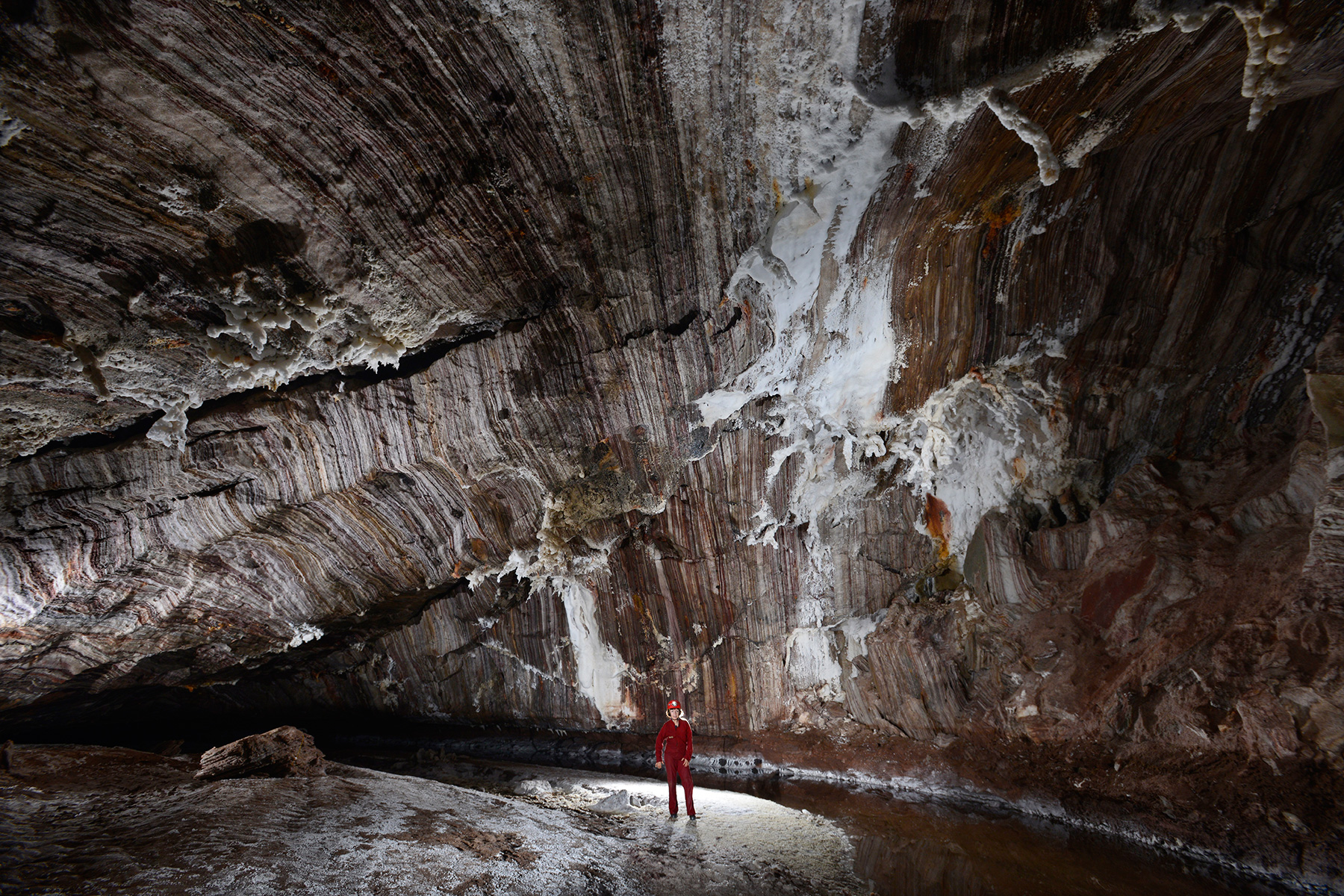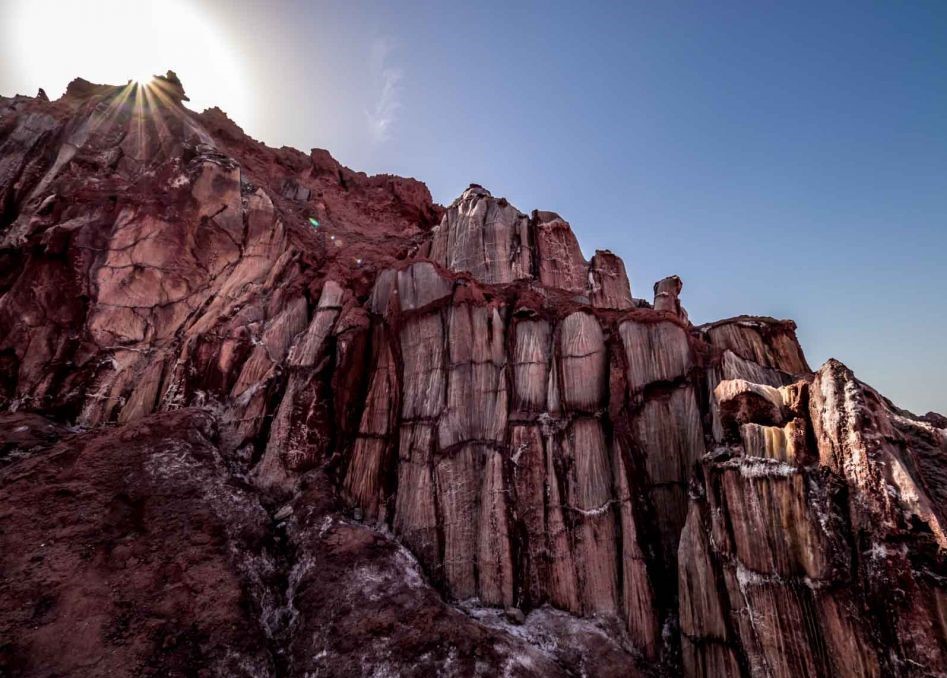Namakdan Salt Cave Qeshm -The World’s Largest Salt Cave
Namakdan Salt Cave Qeshm
The World’s Largest Salt Cave
Namakdan Salt Cave Qeshm is located on the south western part of Qeshm of island, and hosts the longest salt cave of the world (Namakdan Cave) that is 6km in length.Salt domes are formed when a huge amount of salt moves towards the earth’s surface due to its light structure compared to its surrounding structures. Salt domes emerge in areas which have weak surface structures and openings, and appear as Salt domeon the earth surface.
The Salt domes have many interesting aspects such as salt falls, salt springs and salt caves, with various geological formationsthat have been prone to erosion and dissolution processes.Rainwater gradually penetrates the Salt Dome through its crevices, allowing the water dissolve the salt and enter the dome. Similarto other calcareous caves of the world, the formation of the Salt Cave has been following a Karst-like mechanism, by which waterpenetrating through a joint may gradually dissolve the surrounding areas, forming open and large cave-like structures.As the dissolution process is not the same for all areas, size and shape of these caves and openings differ, giving rise to largeand open spaces in some areas, while in other areas very narrow corridors are formed where one only can get through the caveby crawling.
Some of the most amazing structures that may be found inside the Salt Cave are Stalactites and Stalagmites, as well as saltcrystals (such as needle-shaped, round, or multi-facet) formed by sedimentation of salt. In addition, in some areas where waterhas penetrated to the ground, some beautiful ponds have been formed with salt crystals at the bottom.One of the main attractions around the Salt Dome and the Salt Cave, are geological structures that are composed of various layersof colorful minerals and stones. These are indeed gifts from the depths of the earth which have been brought to the surface throughthe rise of the Salt dome. The age difference between these minerals andother geological structures on the island is over millions of years, anddifferent color in minerals represent different chemical elements. Forexample, the red color represents the Iron, and the yellow color reflectsthe presence of Sulfur.
Shivar Siavoshan Tour and Travel Agency Guaranteed lowest price !! For more information contact us on whatsapp: +989335144240
Another interesting phenomena around the Salt Dome, is the presenceof very shiny and silvery particles, reflecting the presence of Oligist (atype of Iron oxide )that may be observed on the sandy beaches, creatinga beautiful landscape. These are the remains of large Oligists that havebroken down and eroded, and widely distributed. Oligists and other Ironoxides may be found in abundance around Salt domes.While visiting the Salt Dome and the Salt Cave, one has to be extremelycautious not to fall, as there are many holes that have been formed bydissolution process and are sometime hidden and covered by a thin layerof salt, which is hard to distinguish at first sight.
It is important to note that this geosite is very vulnerable to visitation,as the Salt Dome and the Salt Cave and their related structures havetaken thousands of years to form. Each piece of salt crystal that has beenformed inside the Salt Dome and Salt Cave, if damaged, needs anotherhundreds of years to be formed. Therefore, extreme caution by visitors ishighly required and advised to protect and conserve this unique geositefor the next generations.
********Visiting Cave # is open to the public but for visiting Cave # you must obtain permission from the Geopark management ********
Shivar on Instagram: Click Here
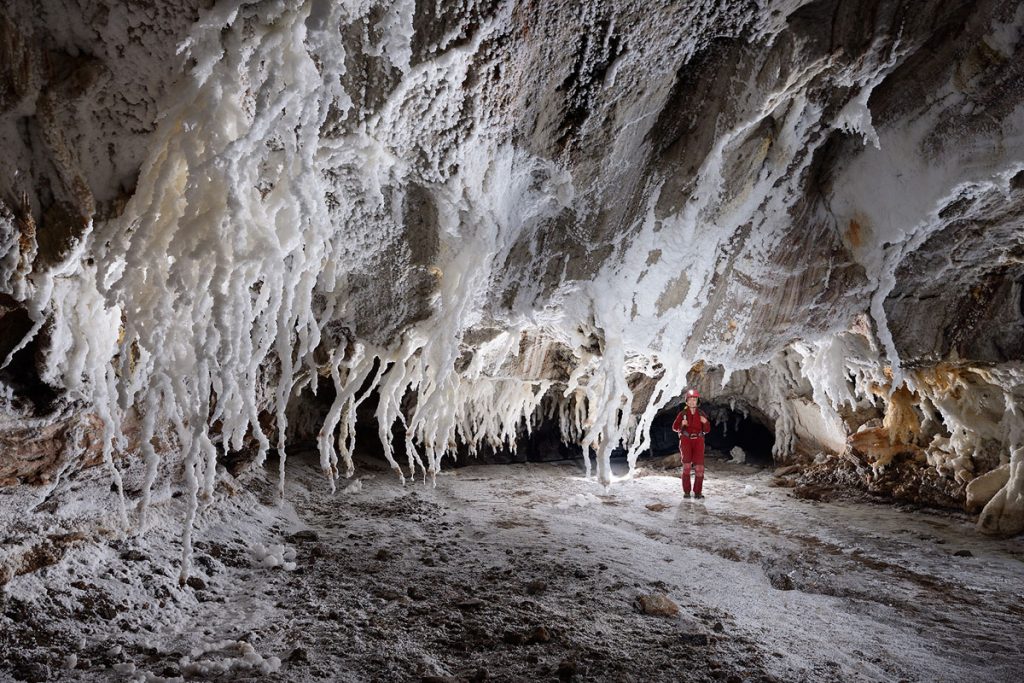
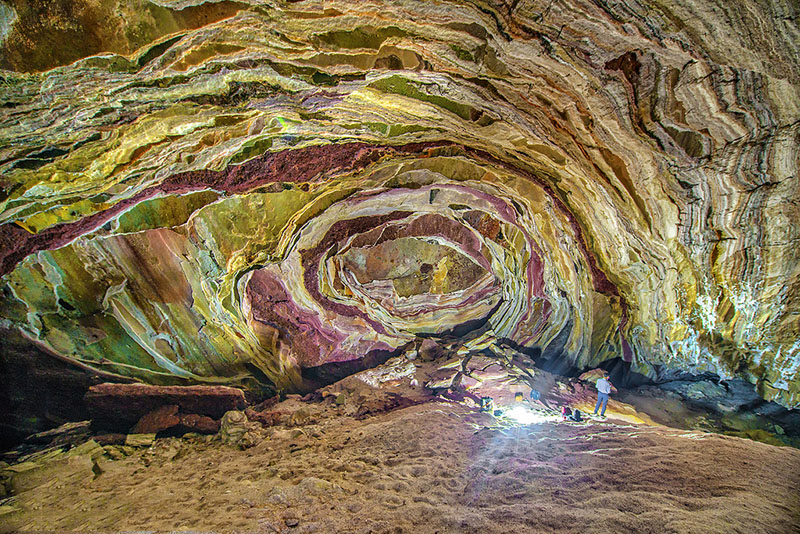
Photo by D. Scott McLeod
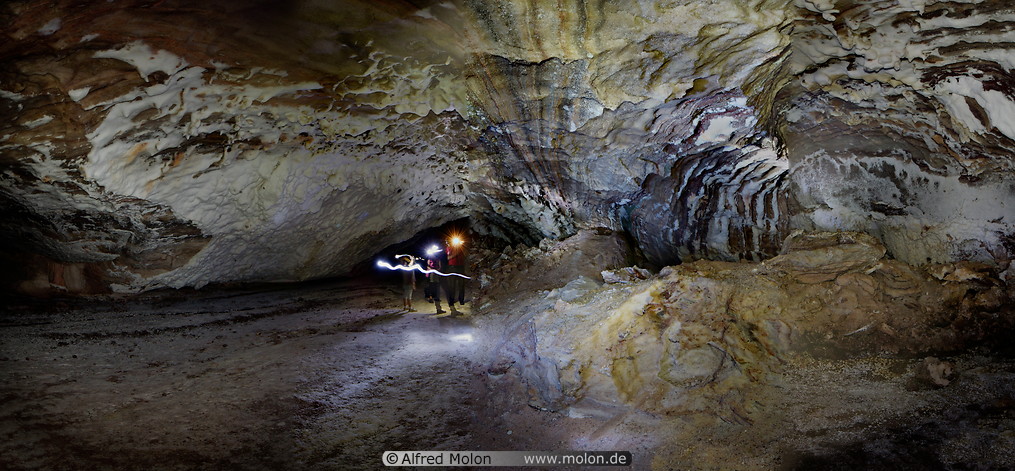
Photo by: Alfered molon
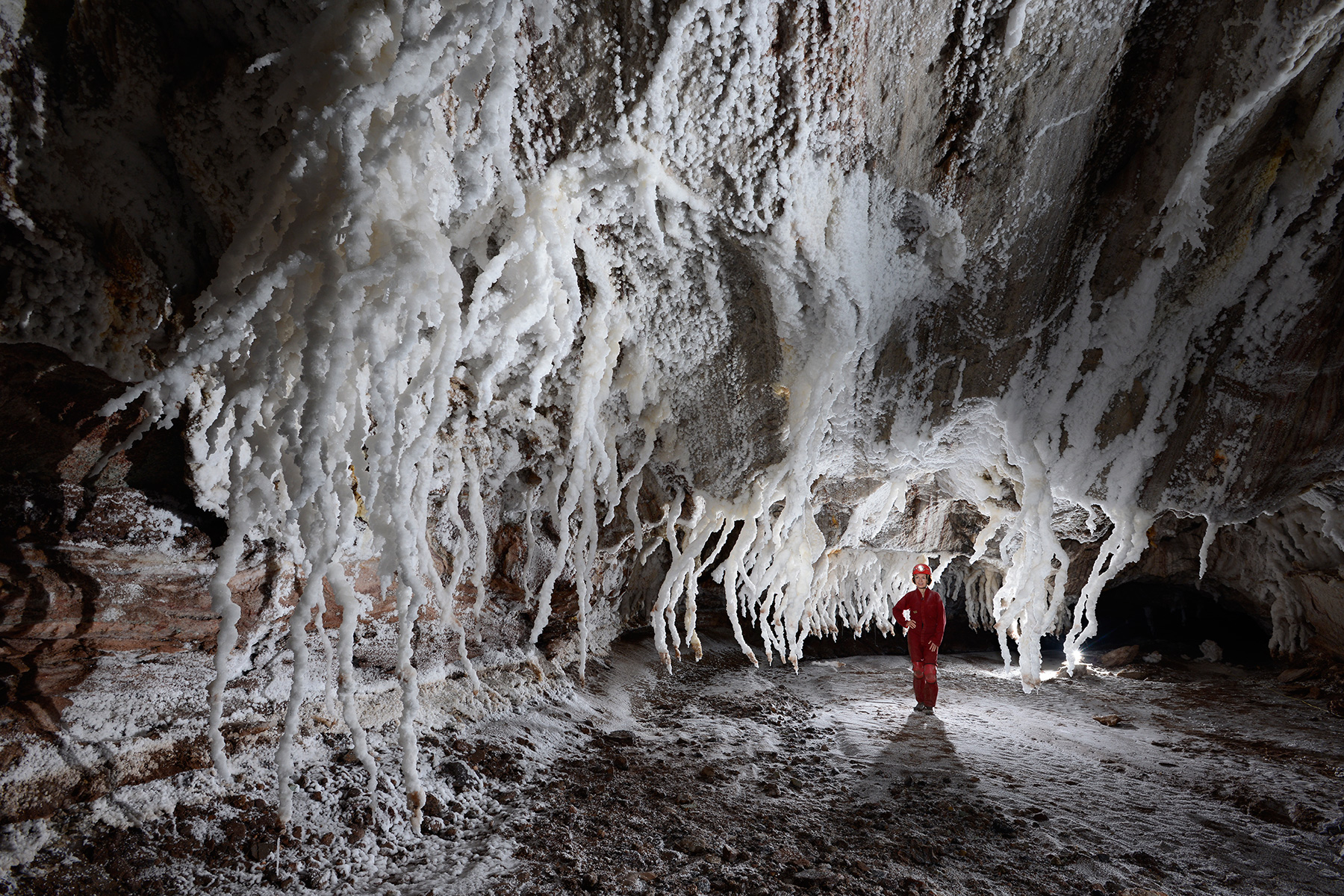
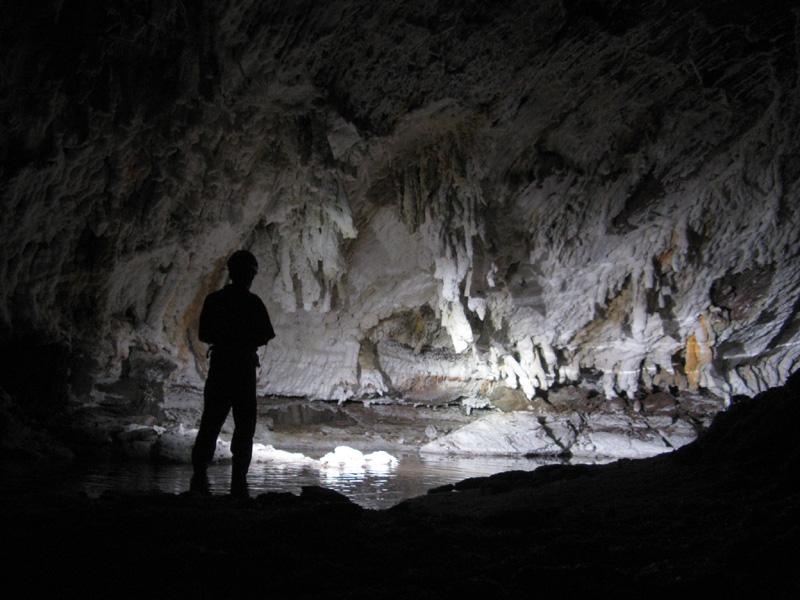
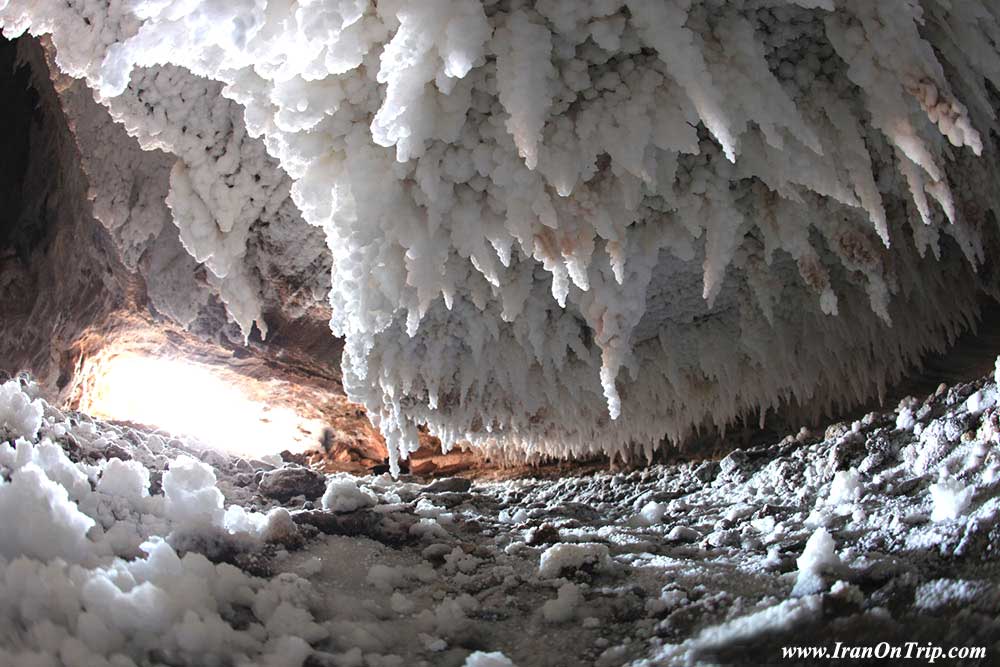
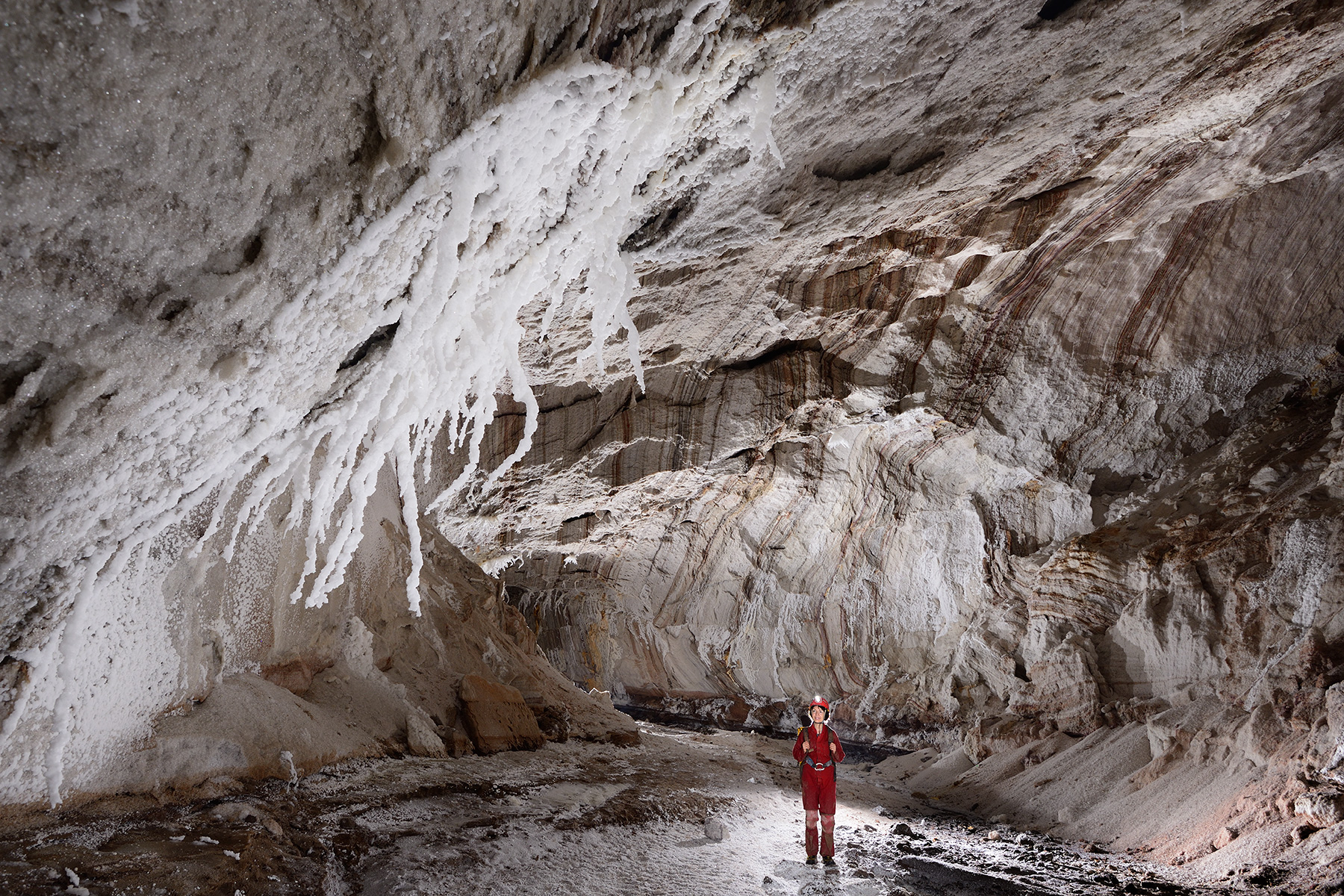

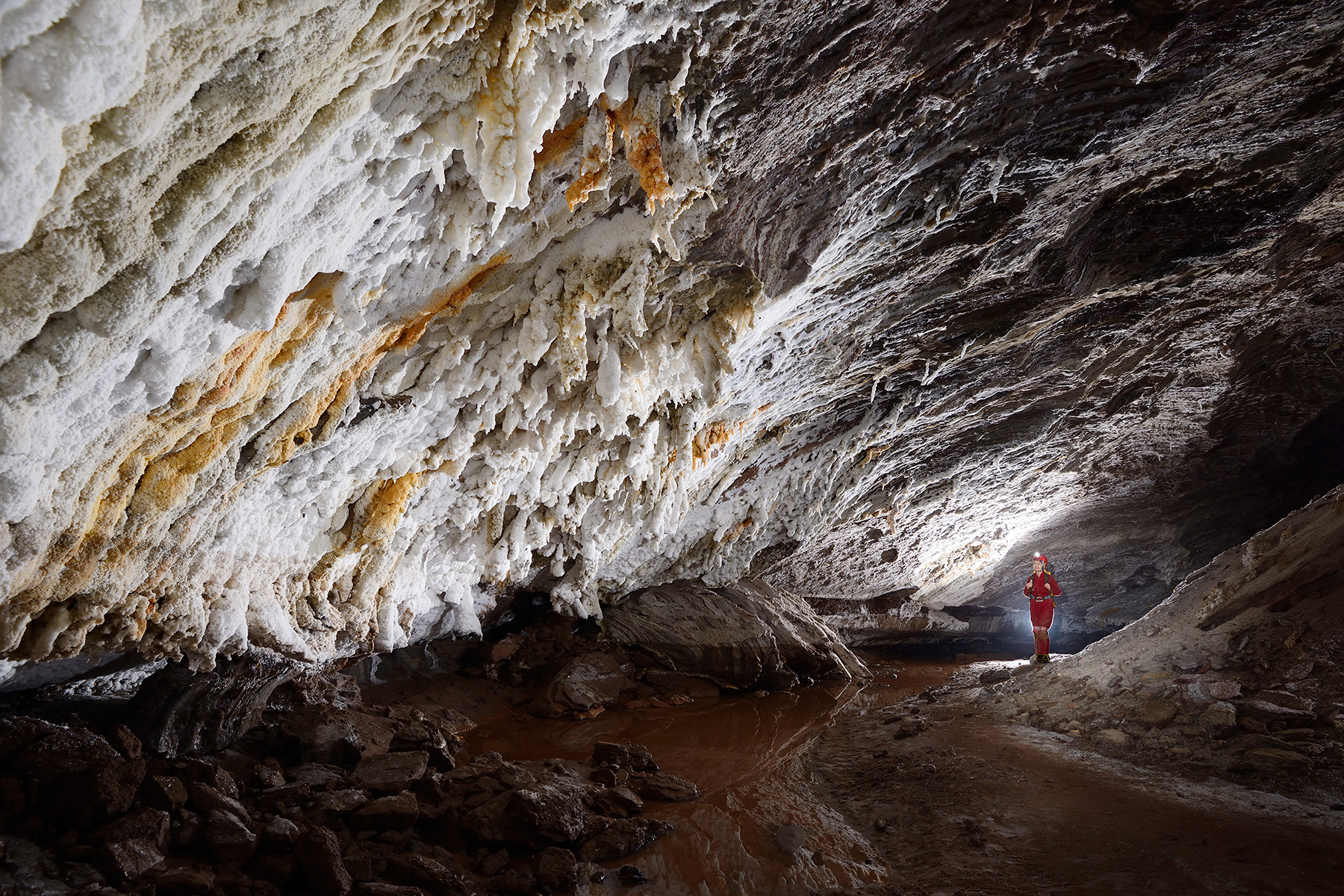
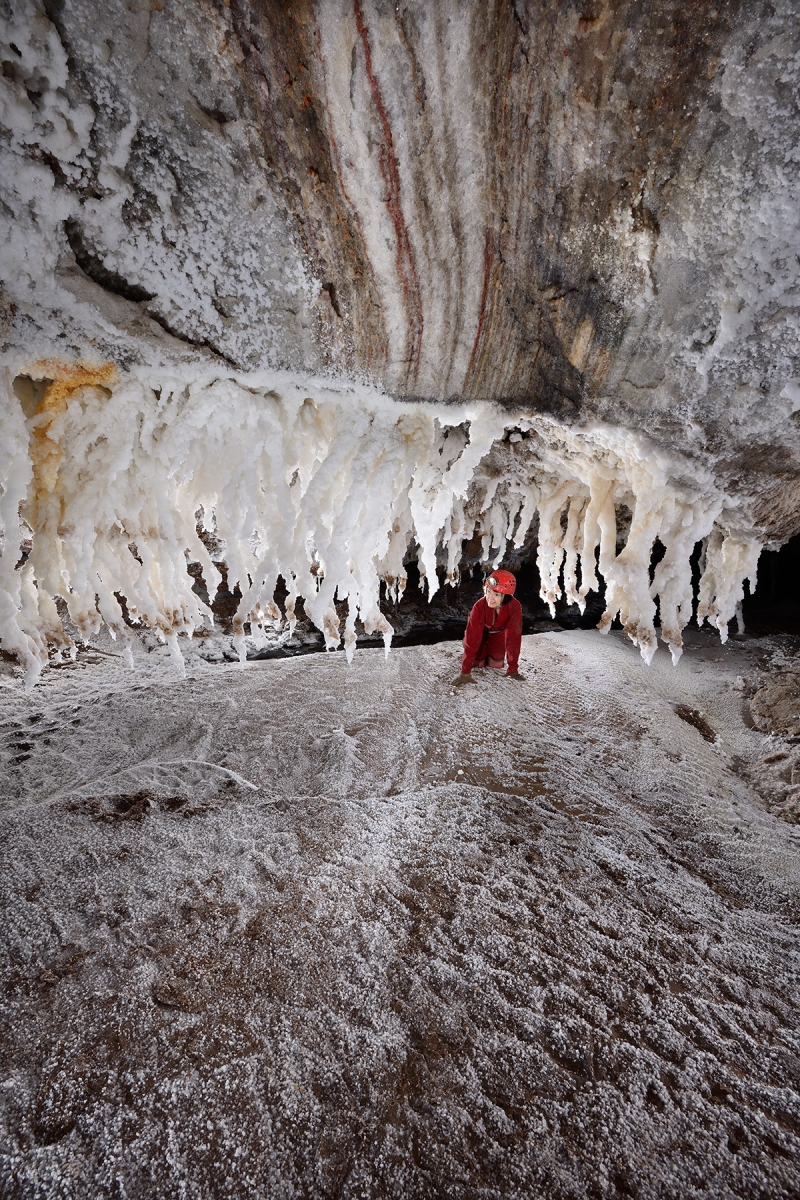
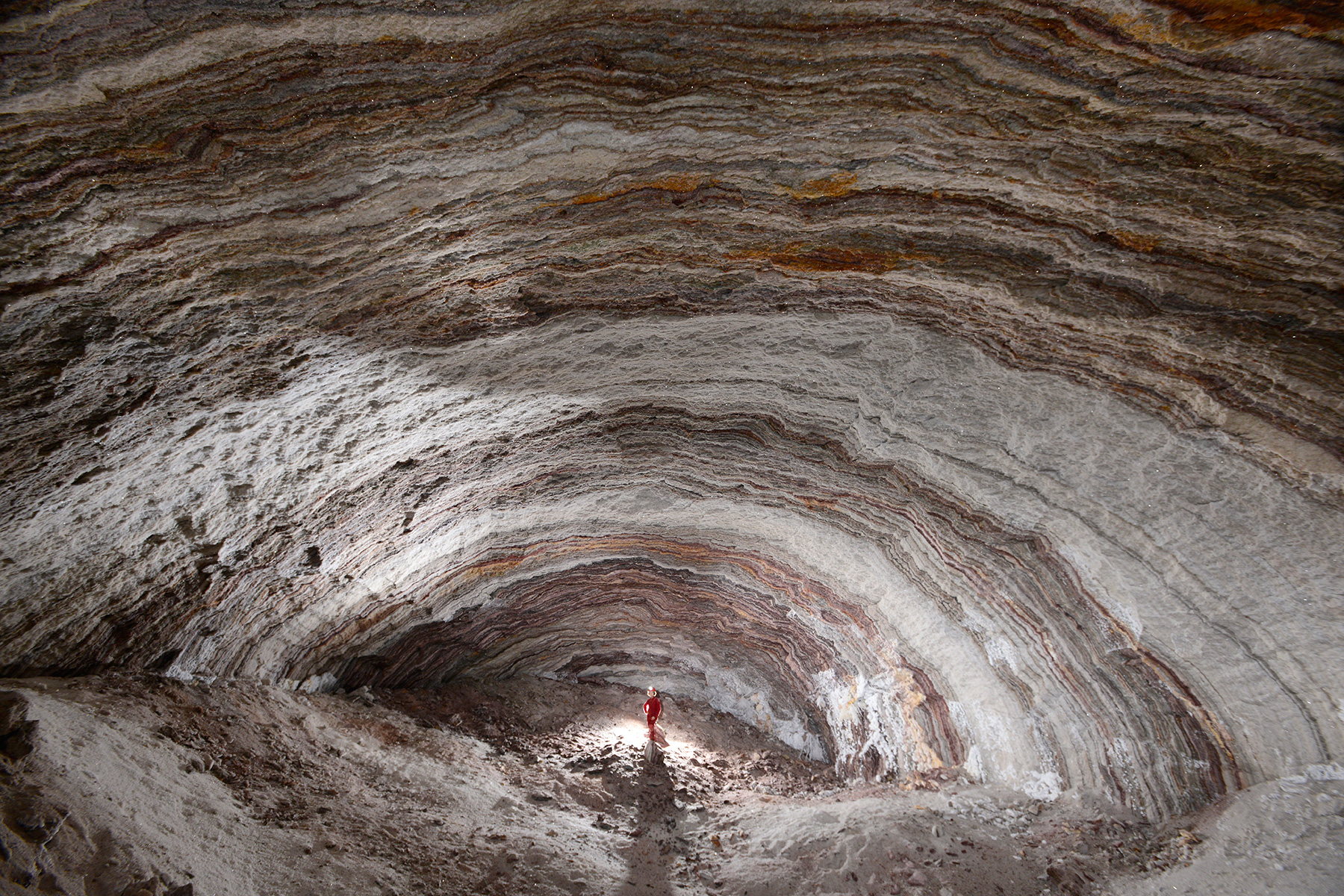
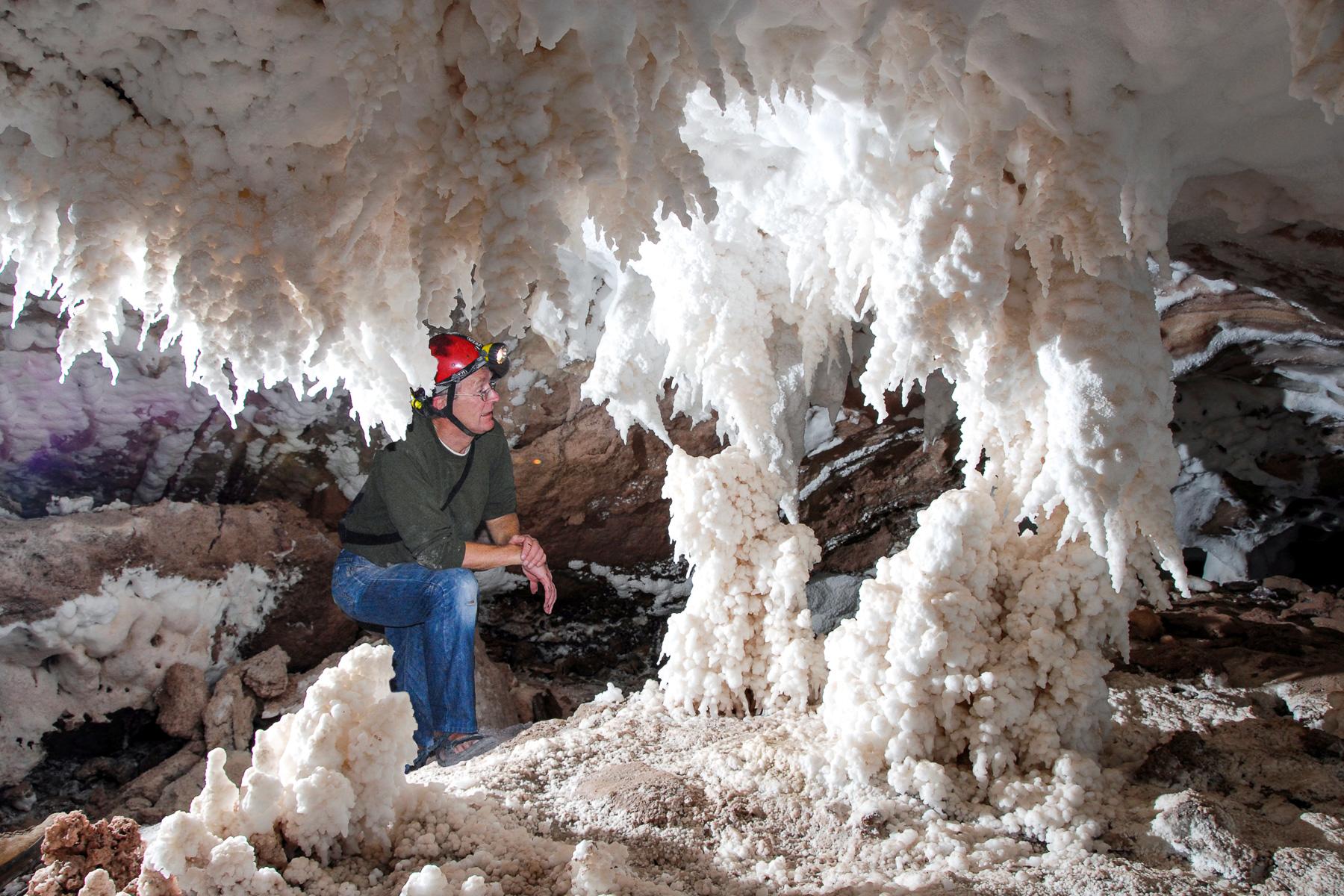

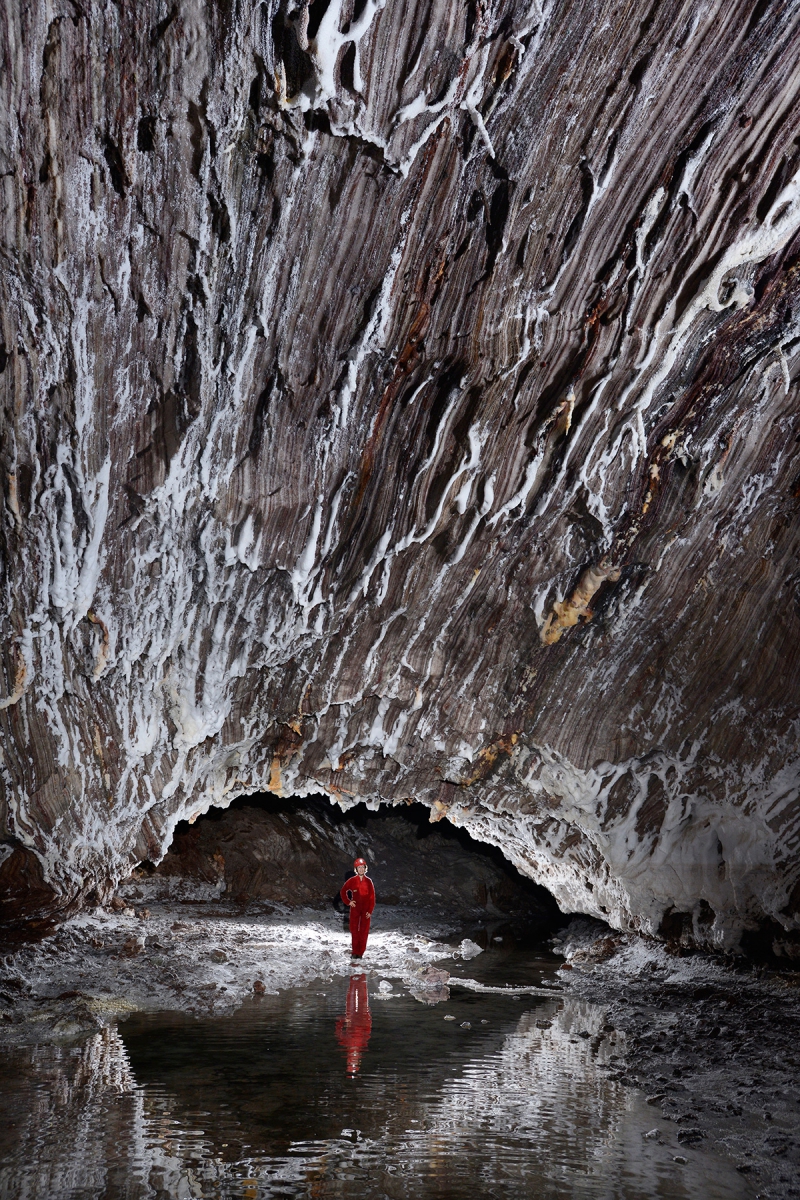
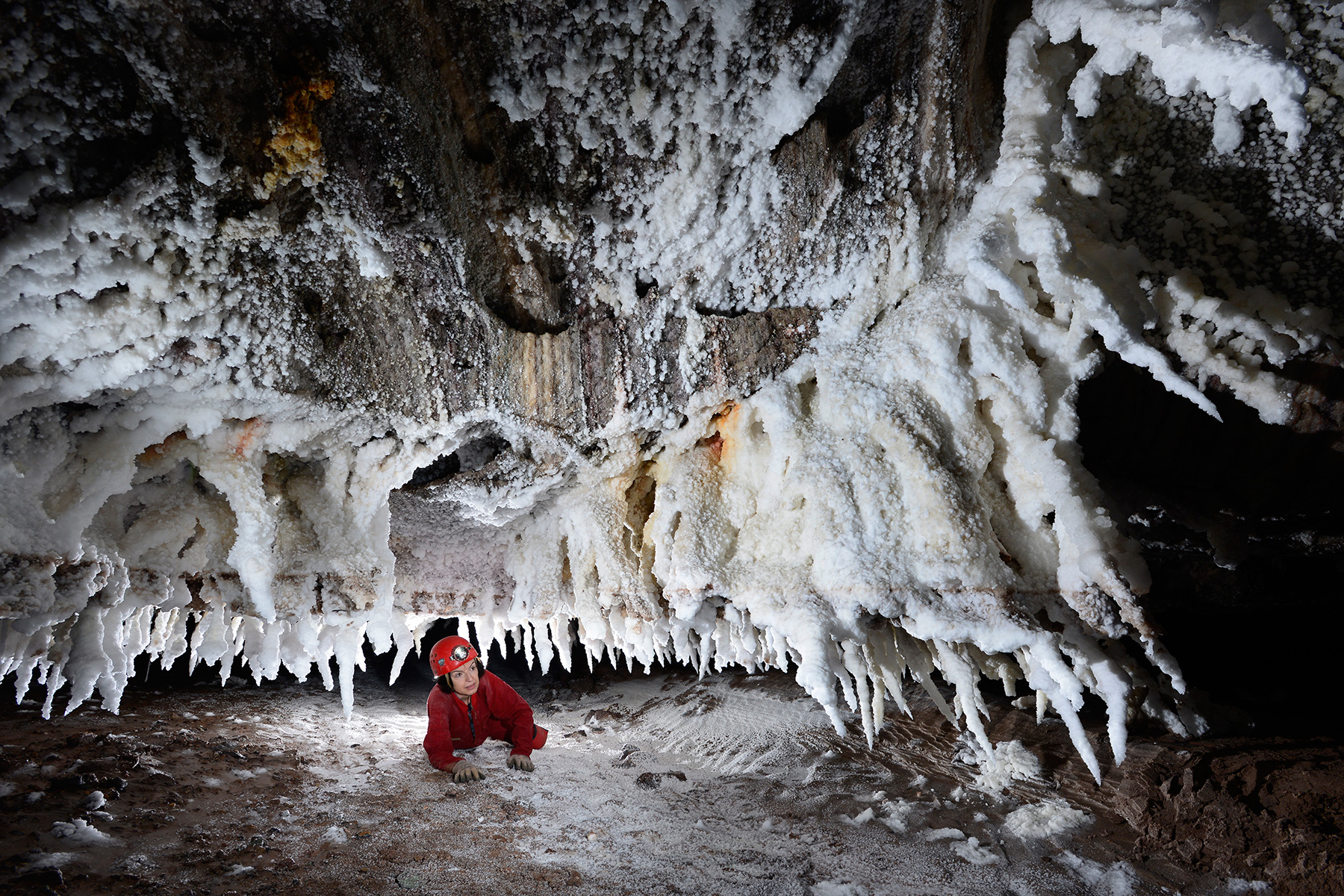
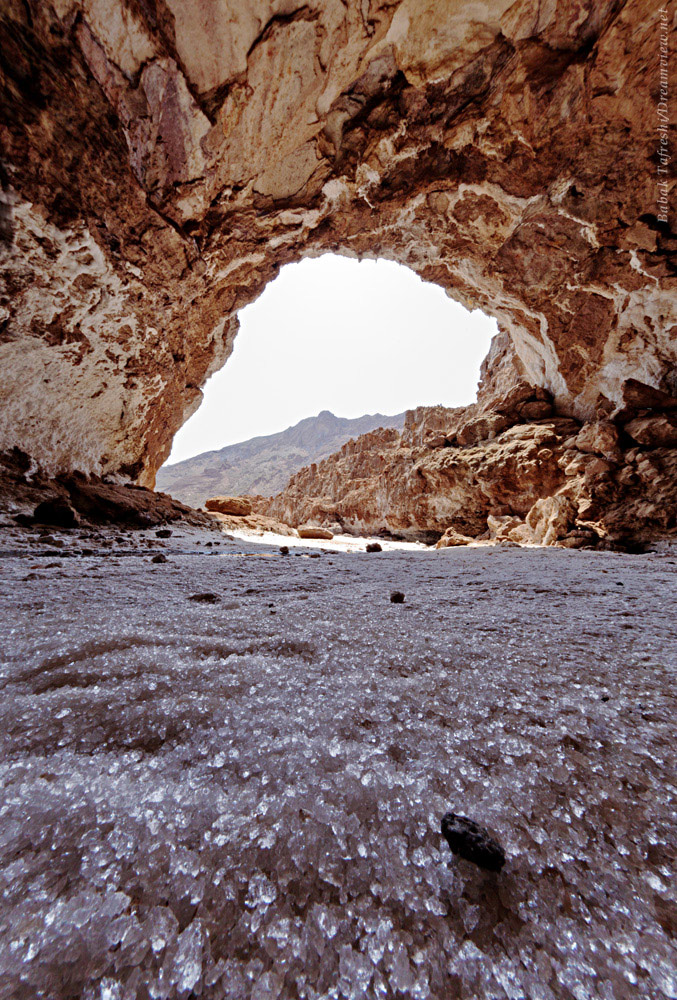
Photo by : Babak Tafreshi
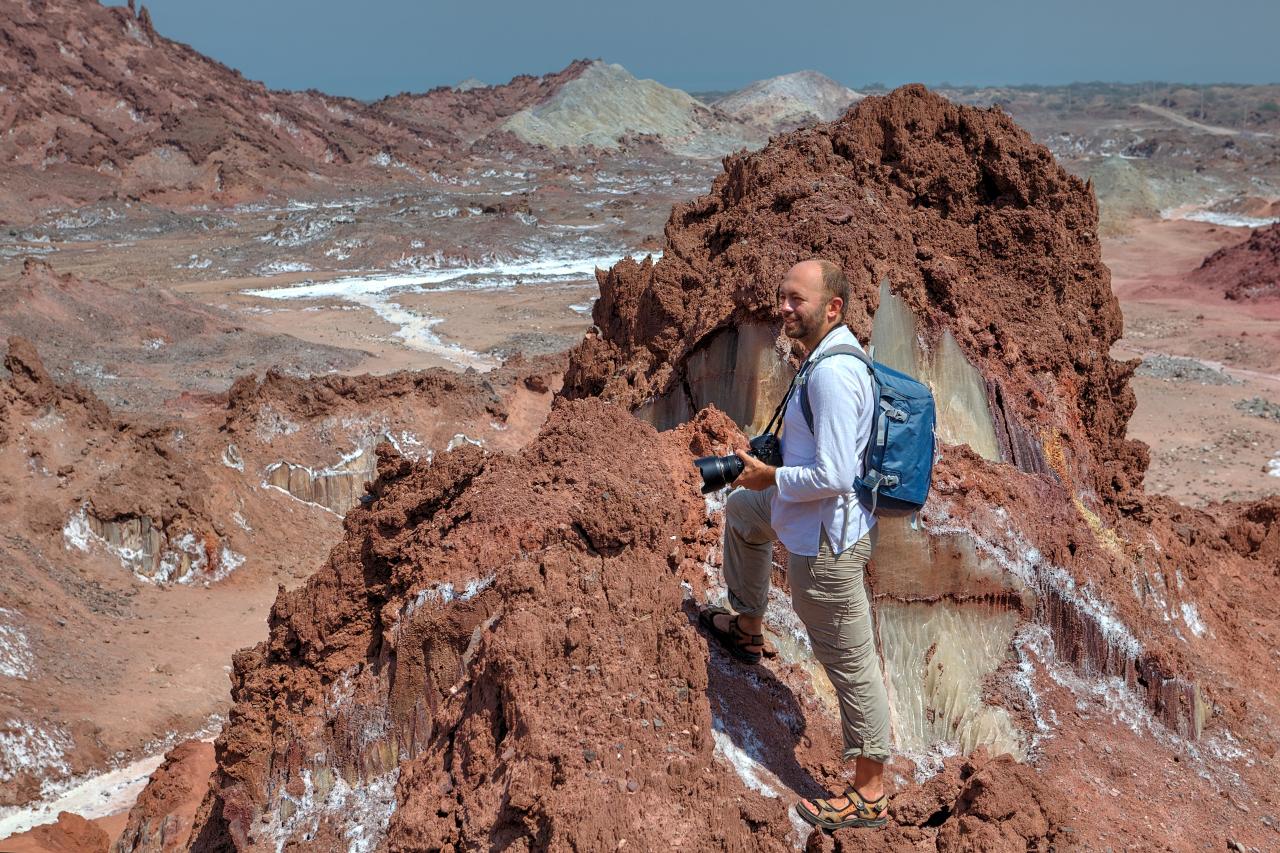
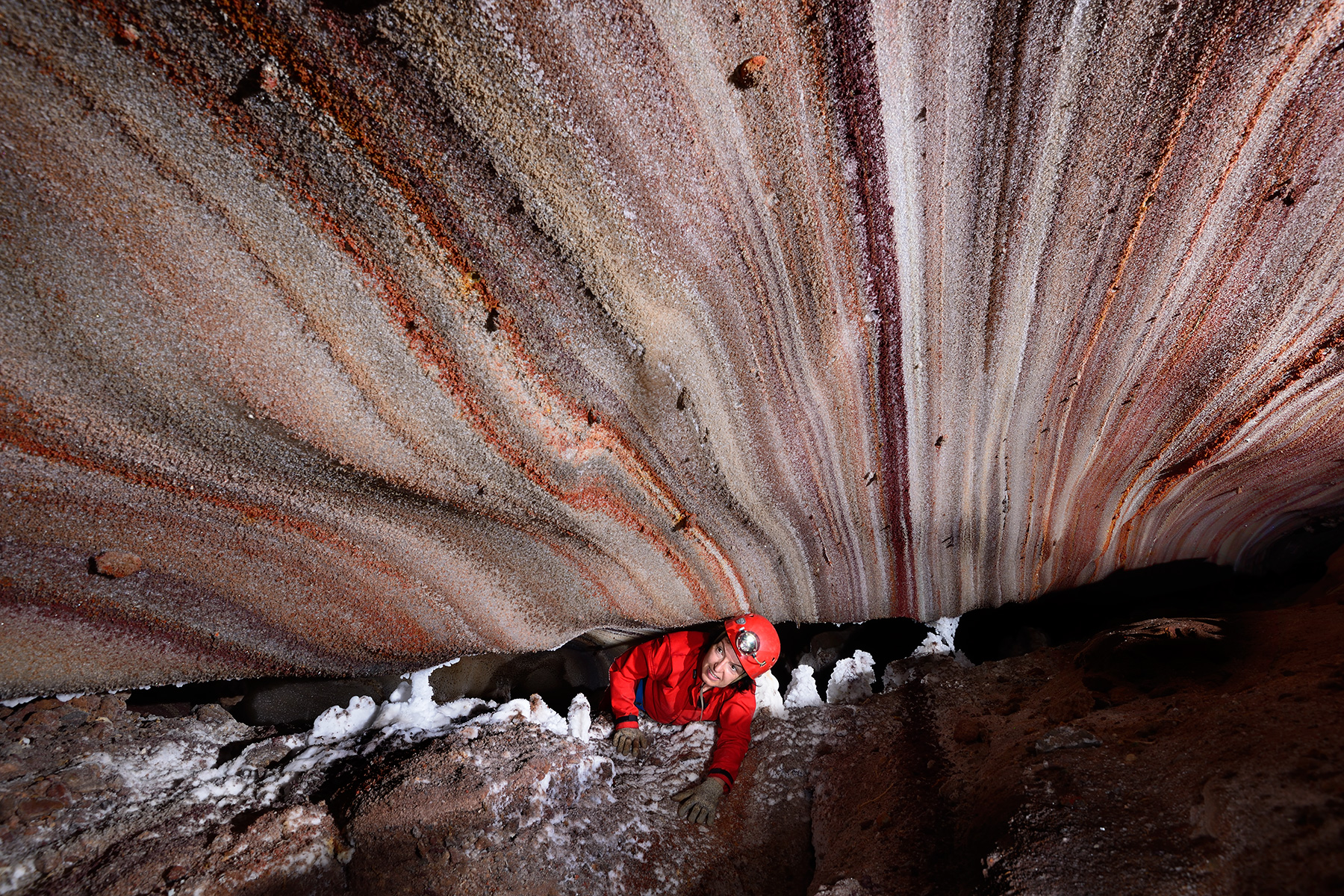
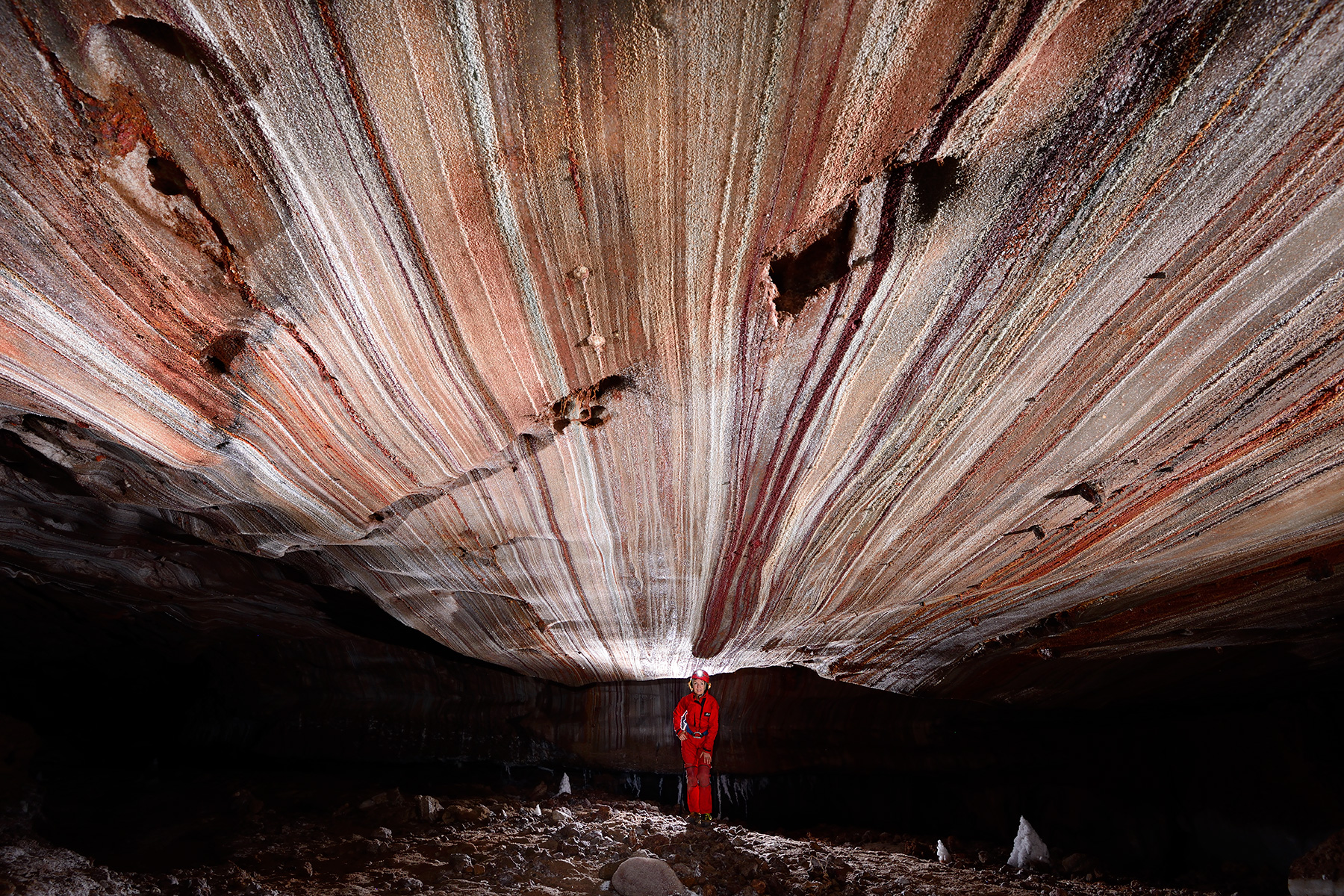
Photos by: Philippe Crochet
